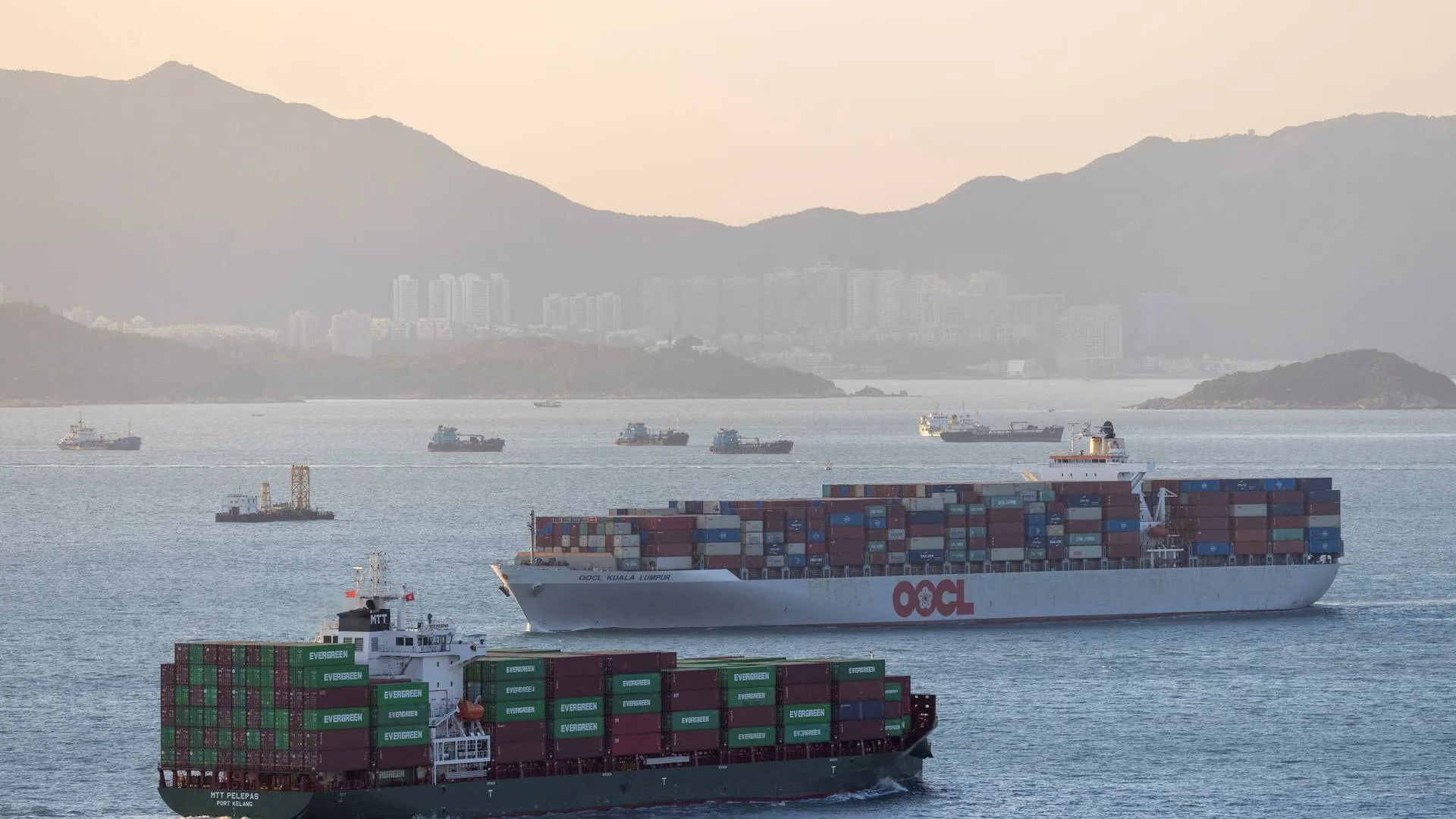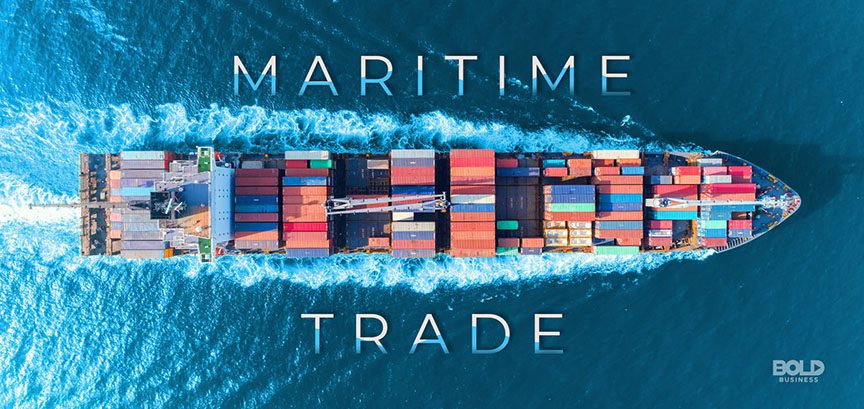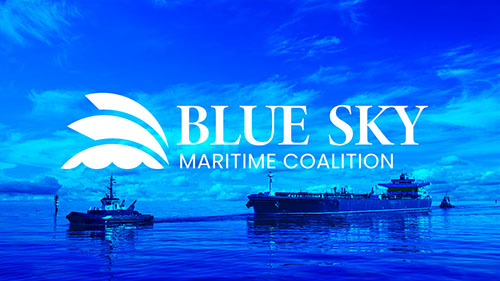1. Port Authority and Jurisdiction
Kunsan Port is administered by the Korea Port Authority (KPA) under the Ministry of Oceans and Fisheries (MOF), Republic of Korea. The port operates under:
– Korean Port Act (Act No. 18472, amended 2023)
– Maritime Safety Act (Act No. 18469, amended 2023)
– Harbor Act (Act No. 18821)
Enforcement is conducted by the Kunsan Regional Office of Oceans and Fisheries, with the Kunsan Port Management Office handling daily operations under KPA Directive 2021-5. The port’s jurisdiction covers 35°55’N to 36°05’N latitude and 126°35’E to 126°50’E longitude.
2. Port Entry and Departure Regulations
– Advance Notice: Vessels exceeding 500 GT must submit ETA 24 hours prior via MTSIS, with updates required for ±2 hour changes (MOF Enforcement Decree 24685).
– Mandatory Reporting: Includes vessel particulars, cargo details, and dangerous goods declaration to Kunsan VTS within 12nm (MOF Notice 2023-12).
– Restricted Areas:
* Military zones: 0.5nm exclusion (35°58’N 126°42’E to 35°59’N 126°44’E)
* LNG terminals: 200m exclusion (KPA Security Regulation 2022-1)
* Fishery zones: Seasonal restrictions (Mar-Jun) in NW sector
– Pilotage: Compulsory for vessels >3,000 GT or carrying hazardous cargo (Korean Pilotage Act Article 5). Boarding area at 35°59.5’N 126°43.2’E with 1-hour advance notice.
– Tide Restrictions: Maximum draft 12.5m at high tide (KHOA Tide Table 2024).
3. Vessel Safety Requirements
– Inspections: PSC inspections follow Tokyo MOU guidelines with focus on:
* Life-saving appliances (LSA Code)
* Fire safety systems (FSS Code Chapter 3)
* Bridge equipment (SOLAS V/19)
– Equipment:
* AIS (IMO MSC.74(69) compliant)
* ENC charts (KHOA No. 1112, 2024 edition)
* VDR for vessels >3,000 GT
* ECDIS mandatory for passenger ships
– Emergency Protocols:
* Validated SOPEP (MARPOL Annex I Reg.37)
* Quarterly oil spill drills
* Gangway watch during bunkering
– Mooring:
* Double lines for vessels >200m LOA during Beaufort ≥10
* Typhoon mooring patterns required for winds >25m/s
4. Cargo Operations
– Dangerous Goods:
* IMDG Code (2022 Edition)
* 48-hour advance notice
* Stowage plan approval required
– Bulk Cargo:
* Grain: Dust suppression, max 1,000 MT/hour
* Coal: Moisture content certification
– Containers:
* Radiation screening (KCS Notice 2020-8)
* Overweight (>30.48 MT) approval
* Verified Gross Mass (VGM) requirement
– Liquid Bulk:
* Pre-transfer checklist 6 hours prior
* Bunkering safety zone (50m radius)
5. Environmental Compliance
– Emissions:
* 0.1% sulfur cap in ECA
* Shore power mandatory from 2025
– Waste:
* KPA-licensed contractors
* Oil Record Book Part I (>400 GT)
– Ballast Water:
* D-2 standard for post-2017 vessels
* Exchange >200nm offshore
– Noise: ≤75 dB(A) 2200-0600
6. Crew Welfare
– Shore Leave: Valid SID + PCR test
– Medical: 24/7 port health office
– Repatriation: MLC 2006 compliance
– Wages: KRW 1,914,440/month (2024)
7. Enforcement
– Penalties: KRW 50M max
– Detention: 3+ deficiencies
– Appeals: 30-day window
8. Port Infrastructure Specifications
– Main Berths:
* Container Terminal: 3 berths (350m each, depth -14m)
* Bulk Terminal: 2 berths (250m, depth -12m)
* General Cargo: 4 berths (200m, depth -10m)
* Oil Terminal: 1 berth (300m, depth -15m)
– Navigation Aids:
* Leading lights: Front 35°58’12″N 126°43’45″E, Rear 35°58’15″N 126°43’50″E
* Buoyage: IALA Region A system
* VTS Coverage: 25nm radius from control center
9. Special Operations
– Night Navigation: Permitted with VTS approval and escort tugs for vessels >200m
– Heavy Lift: Prior notice required for loads >100MT
– Bunkering: Only at designated zones with spill containment deployed
– Dredging: Prohibited May-September (fish spawning season)
10. Security Measures
– ISPS Compliance: MARSEC Level 1 standard
* Restricted access to port facilities
* 24/7 CCTV surveillance
* Mandatory crew identification
– Anti-Piracy:
* Armed guards prohibited
* Water patrols within 3nm
11. Meteorological Services
– Weather Windows: Operations suspended when:
* Winds >15m/s sustained
* Visibility <500m
* Wave height >2.5m
– Typhoon Procedures:
* Phase 1 Alert: Secure cargo
* Phase 2 Alert: Vessels >10,000 GT must depart
12. Port Services
– Tug Assistance: Minimum requirements:
* <5,000 GT: 1 tug
* 5,000-20,000 GT: 2 tugs
* >20,000 GT: 3 tugs
– Supplies: All provisions require pre-clearing
– Repairs: Limited to emergency work only
13. Accident Reporting
– Immediate Notification: Required for:
* Collisions
* Groundings
* Spills >1 ton
– Investigation: By MOF Marine Accident Tribunal
– Liability: Strict liability for pollution damage
14. Recent Updates (2024)
– New ECDIS training requirements for pilots
– Revised bunker sampling procedures
– Extended ECA monitoring to NOx emissions
15. Verification Records
– Last PSC inspection data: 92% compliance rate (2023)
– Port safety audit: ISO 28000:2022 certified
– Environmental rating: Green Port Level 2
16. Essential Contacts
– Kunsan VTS: VHF Channel 12/16
– Medical Emergency: VHF Channel 16 code “Pan-Pan”





